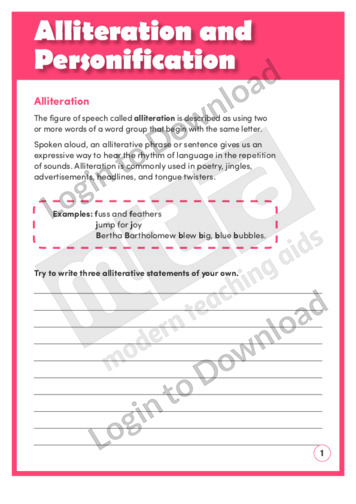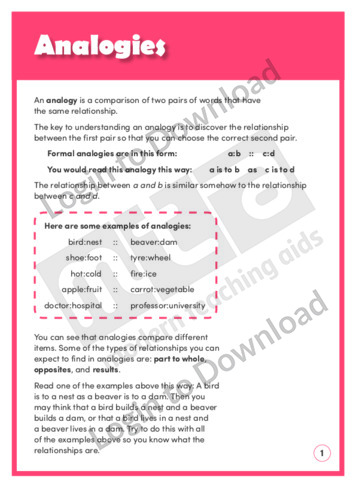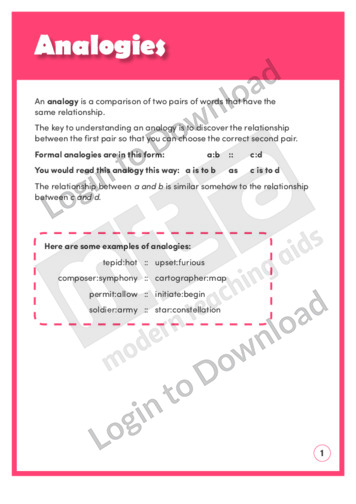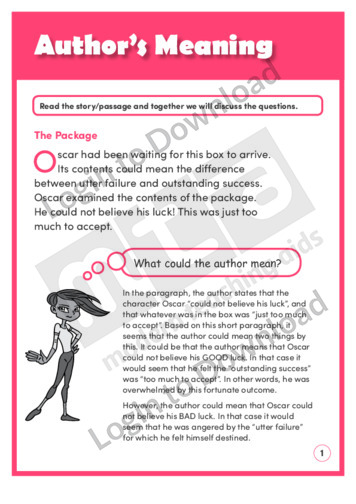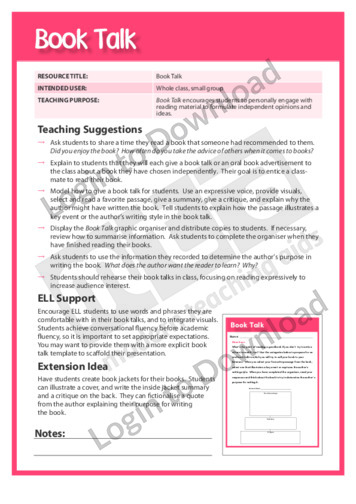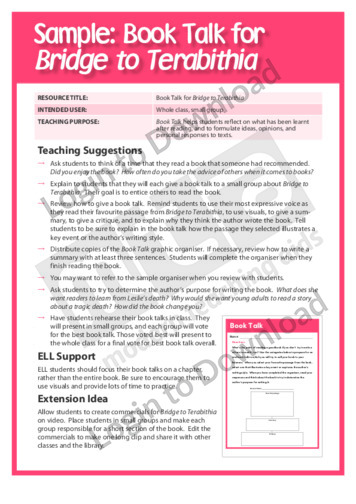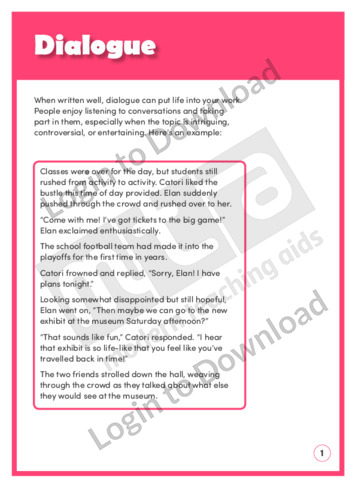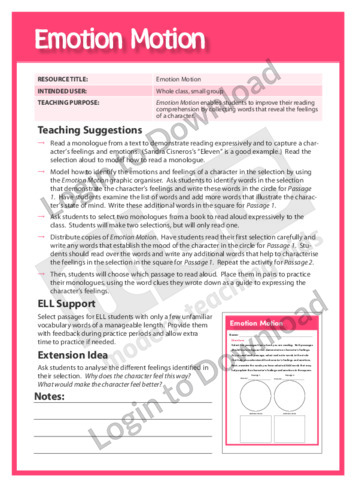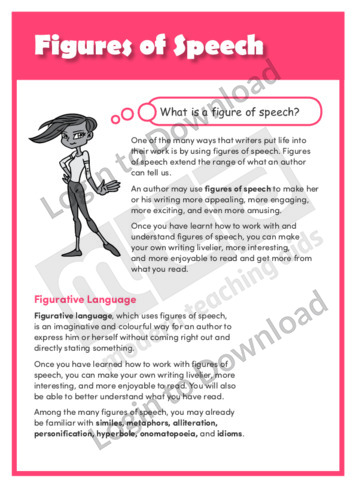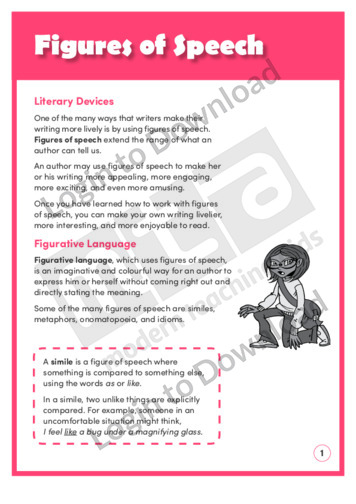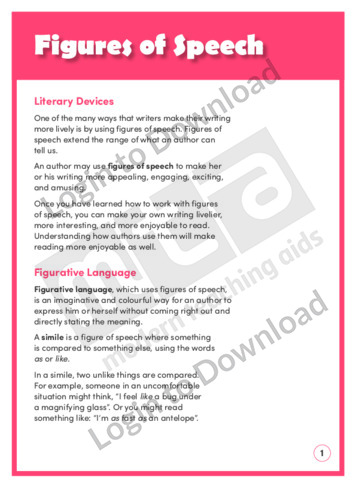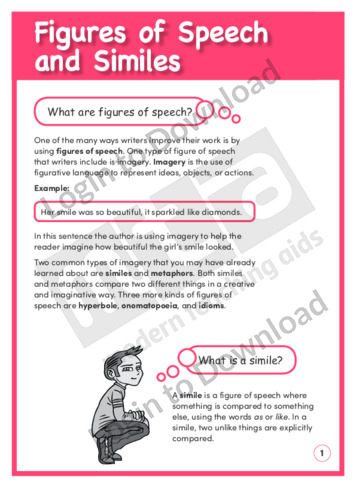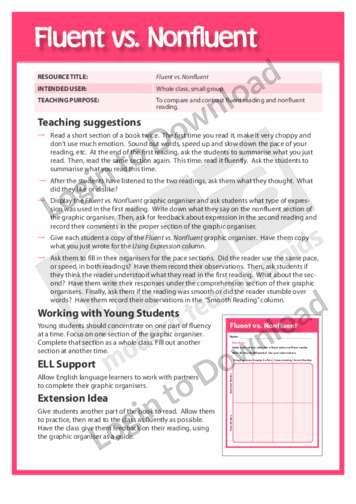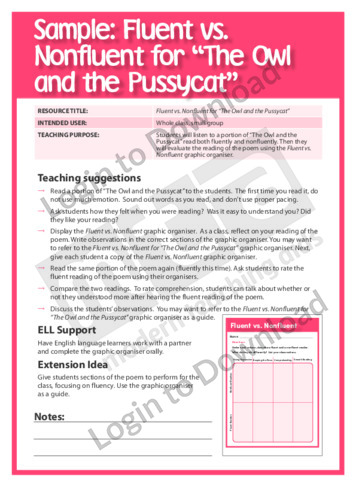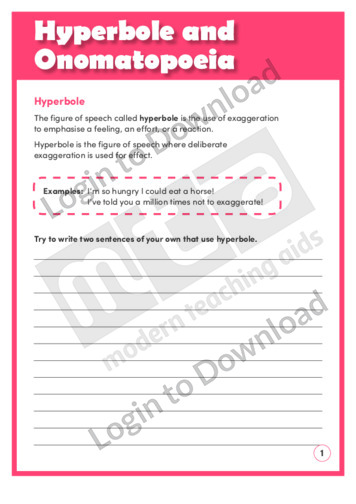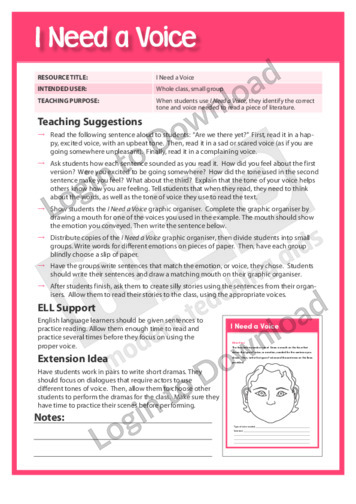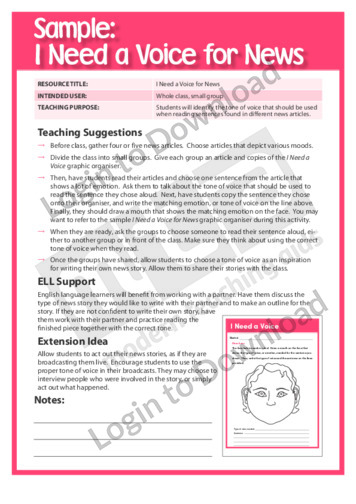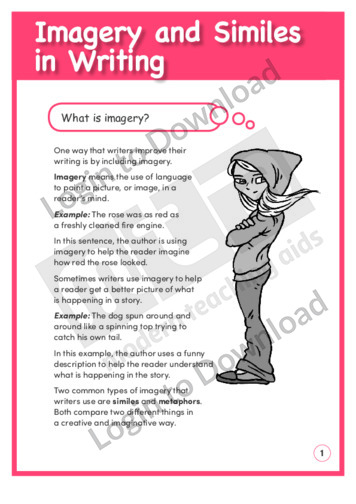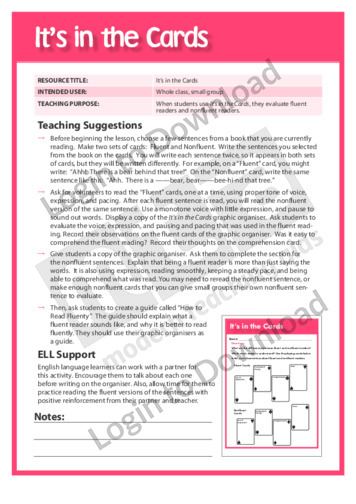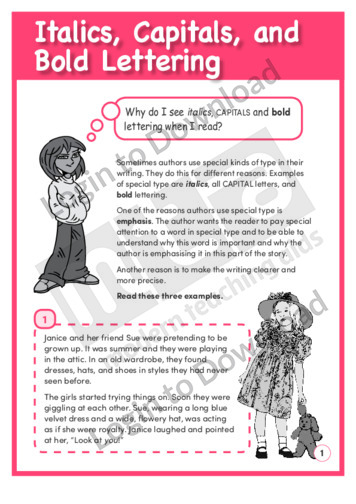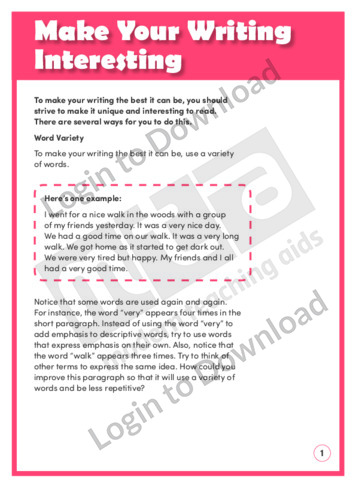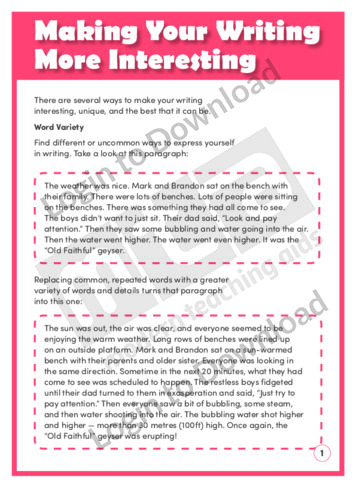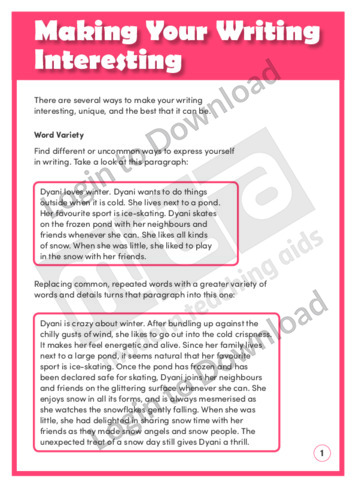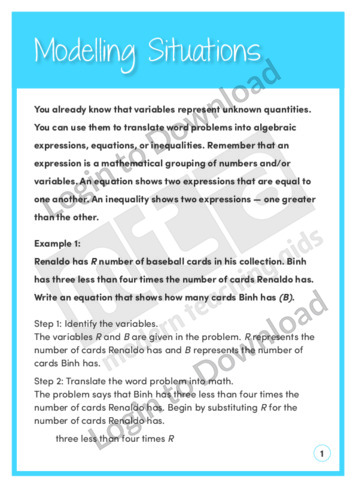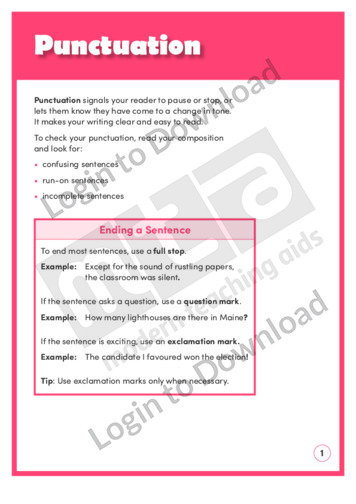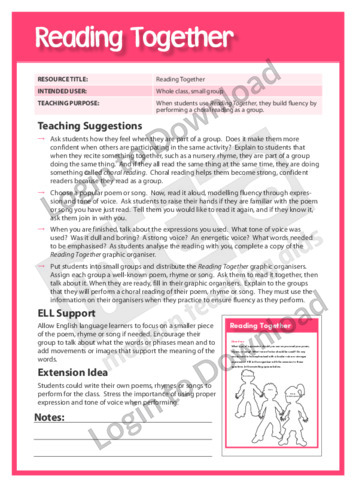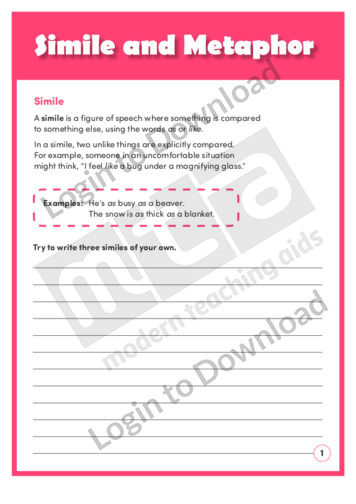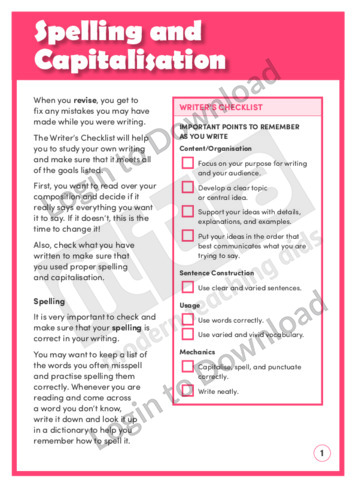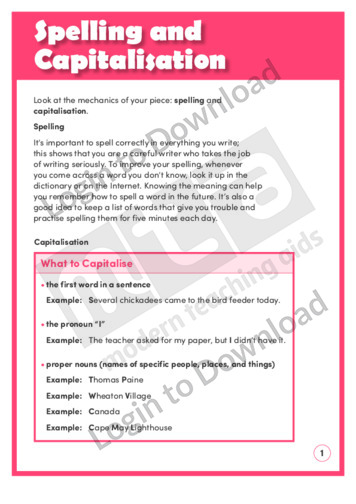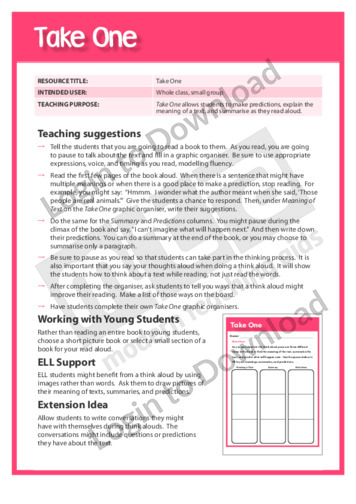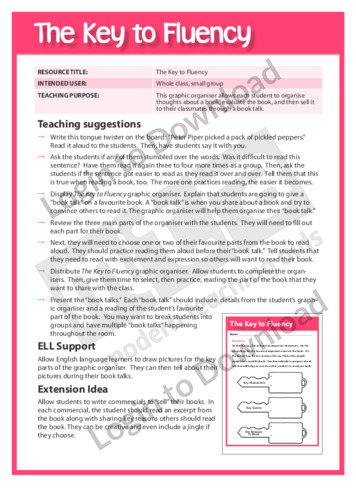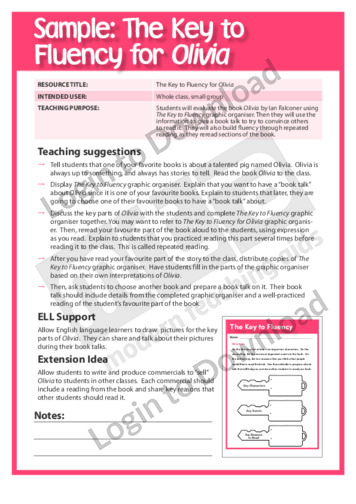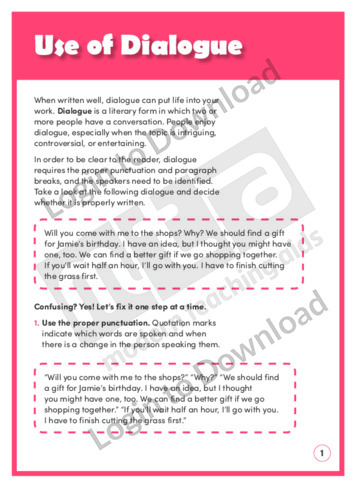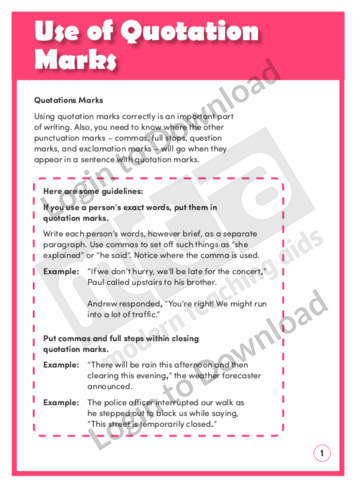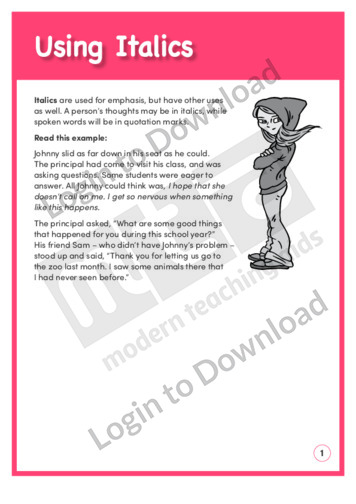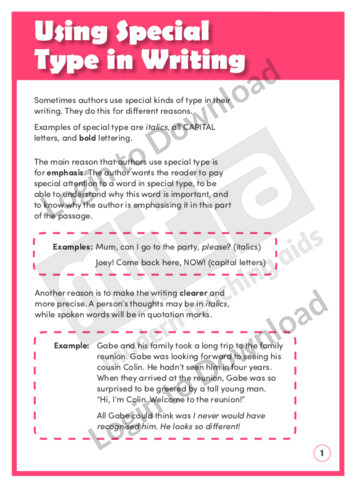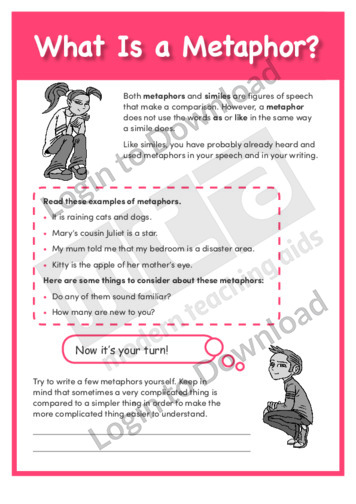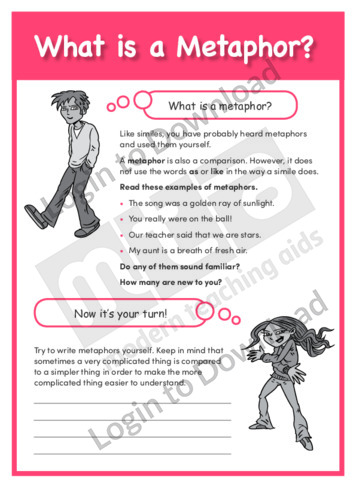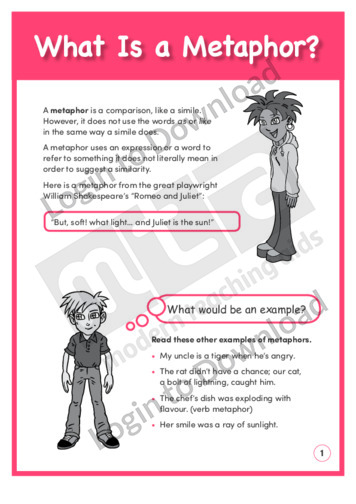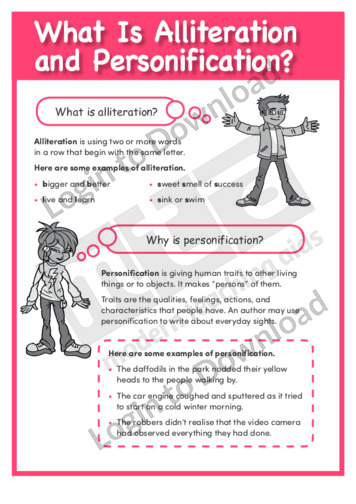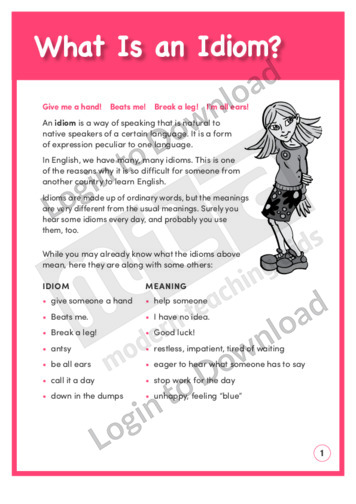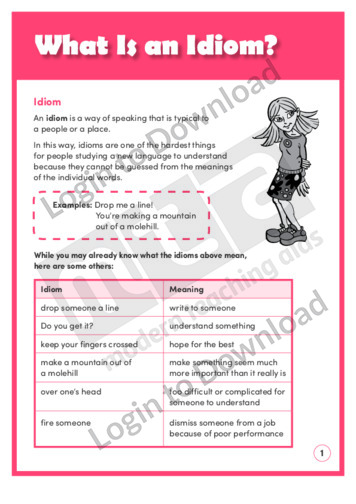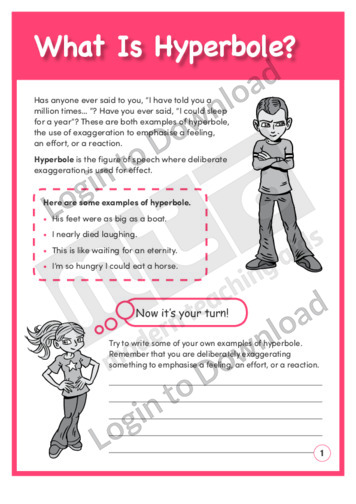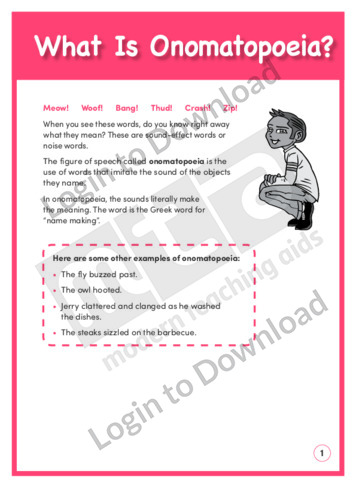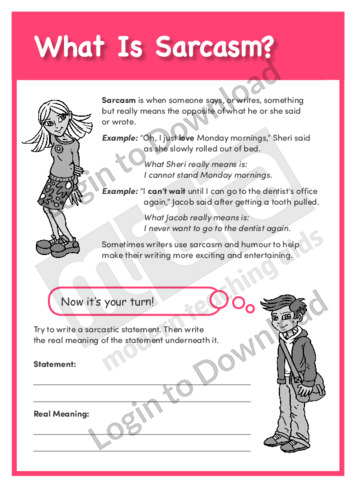This figurative language worksheet ‘Alliteration and Personification’ supports students to understand and use these figures of speech. It is aimed at introducing students to the principles of imagery and provides examples and space for students to practise using alliteration and personification to help make their writing more interesting and engaging.
This quick reference chart ‘Analogies’ shows students how to use this figure of speech to improve their writing. It is aimed at introducing students to the principles of comparing two pairs that have the same relationships to help students make their writing more interesting and includes an exercise for students to practise forming analogies.
This understanding text exemplar ‘Analogies’ shows students how to use this figure of speech to improve their writing. It is aimed at introducing students to the principles of comparing two pairs that have the same relationships to help students make their writing more interesting and includes an exercise for students to practise forming analogies.
This quick reference chart ‘Author’s Meaning’ shows students the possible different meanings of a text without context. It encourages students to use their personal experience and clues from tone and expression to guess the meaning of a paragraph with little or no context.
This graphic organiser, ‘Book Talk’ encourages students to personally engage with reading material to formulate independent opinions and ideas.
This graphic organiser, ‘Book Talk for Bridge to Terabithia’ helps students reflect on what has been learnt after reading and to formulate ideas, opinions and personal responses to the text.
This writing task worksheet ‘Dialogue’ supports students to write a short dialogue between two people. It introduces students to the principles of this literary form, covering proper punctuation, paragraph breaks and speaker identification.
This writing task worksheet ‘Dialogue’ supports students to write a short dialogue between two people. It aims at encouraging students to use dialogue to put life into their work and provides space for students to practise this form.
This quick reference chart ‘Drafting’ gives students a list of what to look for when they write their first draft. It is aimed at encouraging students to plan the content and organisation of their composition before they start writing, by paying attention to the details, transitions, sequence, and the introduction and conclusion of their texts.
This graphic organiser, ‘Emotion Motion’ enables students to improve their reading comprehension by collecting words that reveal the feelings of a character.
This graphic organiser, ‘Emotion Motion for Olive’s Ocean’ allows students to explore the development of Martha’s character in order to read a monologue from Olive’s Ocean by Kevin Henkes expressively.
This quick reference chart ‘Figures of Speech’ shows students how figurative language can improve their writing. It is aimed at introducing students to the principles of imagery to help students make their writing more interesting and engaging.
This quick reference chart ‘Figures of Speech’ shows students how figurative language can improve their writing. It is aimed at introducing students to the principles of imagery to help students make their writing more interesting and engaging and provides explanations and examples of similes, metaphors, onomatopoeia and idioms.
This quick reference chart ‘Figures of Speech and Similes’ explains how figures of speech improve writing and how to use similes. It is aimed at introducing students to the principles of imagery and has a practical section on similes to help students make their writing more interesting and engaging.
This figurative language worksheet ‘Figures of Speech and Similes’ explains how figures of speech improve writing and how to use similes. It is aimed at introducing students to the principles of imagery and has a practical section on similes to help students make their writing more interesting and engaging.
This graphic organiser, ‘Fluent vs. Non-fluent’ asks students to compare and contrast fluent reading and non-fluent reading.
This graphic organiser, ‘Fluent vs. Non-fluent for The Owl and the Pussycat’ asks students to listen to and evaluate a passage from The Owl and the Pussycat read both fluently and non-fluently.
This figurative language worksheet ‘Hyperbole and Onomatopoeia’ supports students to understand and use these figures of speech. It is aimed at introducing students to the principles of imagery and provides examples and space for students to practise using hyperbole and onomatopoeia to help make their writing more interesting and engaging.
This graphic organiser, ‘I Need a Voice’ ask students to identify the correct tone of voice needed to read a piece of literature.
This graphic organiser, ‘I Need a Voice for News’ asks students to identify the correct tone of voice that should be used when reading sentences found in different news articles.
This quick reference chart ‘Imagery and Similes in Writing’ explains how figures of speech improve writing and how to use similes. It is aimed at introducing students to the principles of imagery and has a practical section on similes to help students make their writing more interesting and engaging.
This graphic organiser, ‘It’s in the Cards’ asks students to evaluate fluent readers and non-fluent readers.
This quick reference chart ‘Italics, Capitals, and Bold Lettering’ helps students to identify and use upper-case letters and bold to emphasise meaning. It is aimed at introducing students to the principles of using special type to convey meaning and provides examples and space for students to practise using capitals and bold lettering to help make …More
This oral language photo activity ‘Angry, Surprised, Embarrassed’, enhances vocabulary and concept development by providing a thought-provoking visual stimulus that can be used as a prompt to engage students in discussion. Each photo is complete with an accompanying lesson plan featuring tips and activities to develop oral language and vocabulary further.
This oral language photo activity ‘Anxious, Frightened’, enhances vocabulary and concept development by providing a thought-provoking visual stimulus that can be used as a prompt to engage students in discussion. Each photo is complete with an accompanying lesson plan featuring tips and activities to develop oral language and vocabulary further.
This quick reference chart ‘Make Your Writing Interesting’ shows word variety and detail-rich opinions and conclusions can improve their writing. It is aimed at encouraging students to avoid using repetitive words, sentences and phrases and to use word variety to make their writing interesting. It includes a practical example to illustrate this point. It also …More
This quick reference chart ‘Making Your Writing Interesting’ shows word variety and detail-rich opinions and conclusions can improve their writing. It is aimed at encouraging students to avoid using repetitive words, sentences and phrases and to use word variety to make their writing interesting. It includes a practical example to illustrate this point. It also …More
This quick reference chart ‘Making Your Writing Interesting’ shows word variety and detail-rich opinions and conclusions can improve their writing. It is aimed at encouraging students to avoid using repetitive words, sentences and phrases and to use word variety to make their writing interesting. It includes a practical example to illustrate this point. It also …More
This patterns and algebra worksheet, ‘Modelling Situations’ offers guidance on using patterns, relations and linear functions to model situations. Answer sheet provided with file download.
This quick reference chart ‘Punctuation’ offers guidance on full stops, question marks, exclamation marks, commas and colons. It introduces students to the mechanics of punctuation and includes a list of reference examples for correct usage, as well as tips for revising punctuation.
This quick reference chart ‘Punctuation’ offers guidance on full stops, question marks, exclamation marks, commas, semicolons and colons. It introduces students to the mechanics of punctuation and includes a list of reference examples for correct usage, as well as tips for revising punctuation.
This quick reference chart ‘Punctuation Marks’ offers guidance on full stops, question marks, exclamation marks, commas and colons. It introduces students to the mechanics of punctuation and includes a list of reference examples for correct usage, as well as tips for revising punctuation.
This graphic organiser, ‘Reading Together’ helps students to build fluency by performing a choral reading as a group.
This figurative language worksheet ‘Simile and Metaphor’ supports students to understand and use these figures of speech. It is aimed at introducing students to the principles of imagery and encourages students to describe something by comparing it to something else and space for students to practise using similes and metaphors to make their writing more …More
This quick reference chart ‘Spelling and Capitalisation’ explains how to correctly use these elements in writing and what to look for when you revise. It introduces students to the principles of writing mechanics and how to build vocabulary and check for correct usage of capital letters. It also provides a checklist for good writing.
This quick reference chart ‘Spelling and Capitalisation’ explains how to correctly use these elements in writing and what to look for when you revise. It introduces students to the principles of writing mechanics and how to build vocabulary and check for correct usage of capital letters.
This graphic organiser, ‘Take One’ allows students to make predictions, explain the meaning of a text and summarise as they read aloud.
This graphic organiser, ‘Take One for the Pigeon’ asks students to participate in a think-aloud using the story, The Pigeon Finds a Hot Dog! to demonstrate their comprehension of the texts.
This graphic organiser, ‘The Key to Fluency’ allows each student to organise their thoughts about a book, evaluate the book and then promote it to their classmates through a book talk.
This graphic organiser, ‘The Key to Fluency for Olivia’ asks students to evaluate the book Olivia by Ian Falconer, then use the information to give a book talk to try to convince others to read it.
This quick reference chart ‘Use of Dialogue’ supports students to correctly use direct speech in their writing. It aims at encouraging students to write dialogue, paying attention to correct punctuation, paragraph breaks and speaker identification.
This writing text worksheet ‘Use of Quotation Marks’ supports students to understand and use this form or punctuation. It introduces students to the principles of punctuation and includes guidelines for when to use quotation marks and how to punctuate different examples. It also provides space for students to practise using quotation marks.
This quick reference chart ‘Using Italics’ helps students to identify when and how to use italics in their writing. It is aimed at introducing students to the principles of using special type to convey meaning and provides examples of different cases where students can use italics to help make their writing more interesting and engaging …More
This quick reference chart ‘Using Special Type in Writing’ shows students how and when to use capital letters, italic type and bold lettering. It is aimed at introducing students to the principles of using special type to convey meaning and provides examples of using capital letters, italic type and bold lettering to add emphasis and …More
This figurative language worksheet ‘What Is a Metaphor?’ supports students to understand and use metaphors. It is aimed at introducing students to the principles of imagery and encourages students to describe something by comparing it to something else to make their writing more interesting and engaging.
This figurative language worksheet ‘What Is a Metaphor?’ supports students to understand and use metaphors. It is aimed at introducing students to the principles of imagery and encourages students to describe something by comparing it to something else to make their writing more interesting and engaging.
This quick reference chart ‘What Is a Metaphor?’ helps students to identify and use metaphors. It is aimed at introducing students to the principles of imagery and encourages students to describe something by comparing it to something else and space for students to practise using metaphors to make their writing more interesting and engaging.
This quick reference chart ‘What Is Alliteration and Personification?’ helps students to understand and use these figures of speech. It is aimed at introducing students to the principles of imagery and provides examples of alliteration and personification to help students make their writing more interesting and engaging.
This quick reference chart ‘What Is an Idiom?’ helps students to identify and use idioms. It is aimed at introducing students to the principles of imagery and provides examples and space for students to practise using idioms to help students make their writing more interesting and engaging.
This figurative language worksheet ‘What Is an Idiom?’ supports students to understand and use this figure of speech. It is aimed at introducing students to the principles of imagery and provides examples and space for students to practise using idioms to help make their writing more interesting and engaging.
This quick reference chart ‘What Is a Hyperbole?’ helps students to identify and use exaggeration. It is aimed at introducing students to the principles of imagery and provides examples and space for students to practise using hyperbole to help students make their writing more interesting and engaging.
This quick reference chart ‘What Is a Onomatopoeia?’ helps students to identify and use noise-effect words. It is aimed at introducing students to the principles of imagery and provides examples and space for students to practise using onomatopoeia to help students make their writing more interesting and engaging.
This understanding text worksheet ‘What Is Sarcasm?’ supports students to understand and use sarcasm. It is aimed at introducing students to the principles of imagery and has a practical section on using sarcasm to help students make their writing more interesting and engaging.
It�s that easy!

